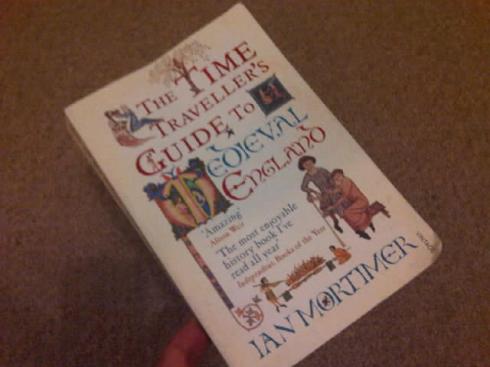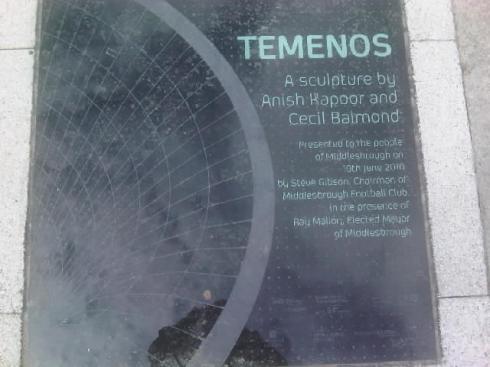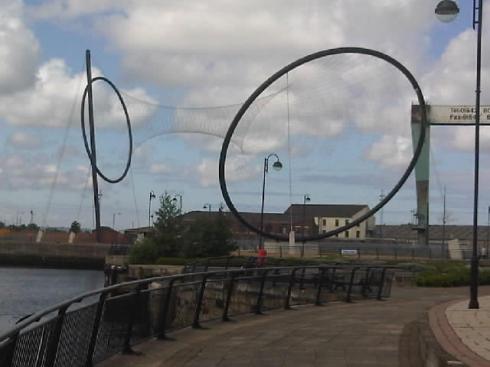Since January 2008 I have been ever so fortunate to work for Middlesbrough Council as a casual museum assistant, education assistant and gallery assistant at the Dorman Museum, Captain Cook Birthplace Museum and Middlesbrough Institute of Modern Art. It has been one of those rare jobs to marry both my enthusiasms, abilities and need for encouragement. With excellent managers at those venues I have been able to grow my experience, dabble in different areas of my passion for history and help wherever I could. One of my most regular duties is covering lunch at the Museums shops and today at the Dorman Museum we had a visitor I thought I would tell you about.
One of our venerable elder gentlemen from the community had been on one of his regular walks through the fantastic Albert Park beside the Dorman Museum recently when he had stumbled across a dull coin sticking out of the ground. On closer inspection, holding it to the light, it turned out to be a Penny coin from the reign of Queen Victoria and minted in 1898. This was of interest to the man as he had recently read an article on the spectacular fountain in the center of Albert Park which he thought had been presented in 1898. After getting home I’ve since found that it was actually presented in 1869 by Joseph Pease but that does not undermine the coins discovery at all.
Whilst it may not be linked to the fountain, the coins discovery beside a tree and lack of damage suggests that it had indeed been planted with the tree over a century ago. Sitting there under the ground, unchanging whilst all around changed with the decades, the two world wars, the refurbishment of the park. Completely undisturbed until the roots of the tree it had been buried with finally pushed it up out of the dirt. It is a rather nice potential narrative of the coin and one that ties it to the local history of the area. Someone buried that coin for a reason, maybe for luck, maybe for remembrance.
The supposed burial of the coin, if it indeed happened shortly after it went into circulation will have coincided closely with Queen Victoria’s Diamond jubilee, the Empress of India had been on the throne for sixty years and had surpassed George III as the longest reigning British monarch in 1896. A possible alternative is that the coin was buried under a tree after the death of Victoria in January 1901. Whatever the reasoning, the coin laid undisturbed for at least a century, a suitable tribute befitting a monarch of such longevity. It has now been kindly donated to the Dorman Museum by the gentleman, which will make a decision on whether to keep it in their collections.
Do you have any memories of Albert Park you would like to share in the comments below?
And if you have not been to Albert Park in recent years, take advantage of this good weather and go enjoy an afternoon there now!






